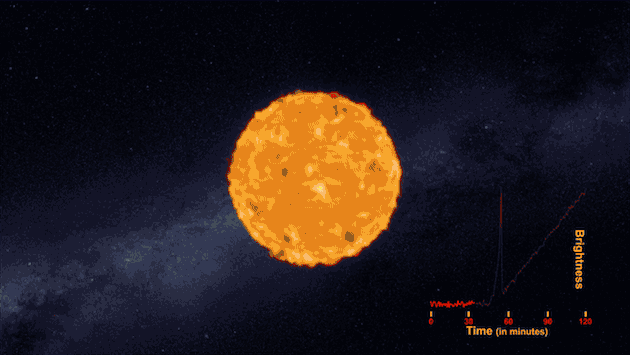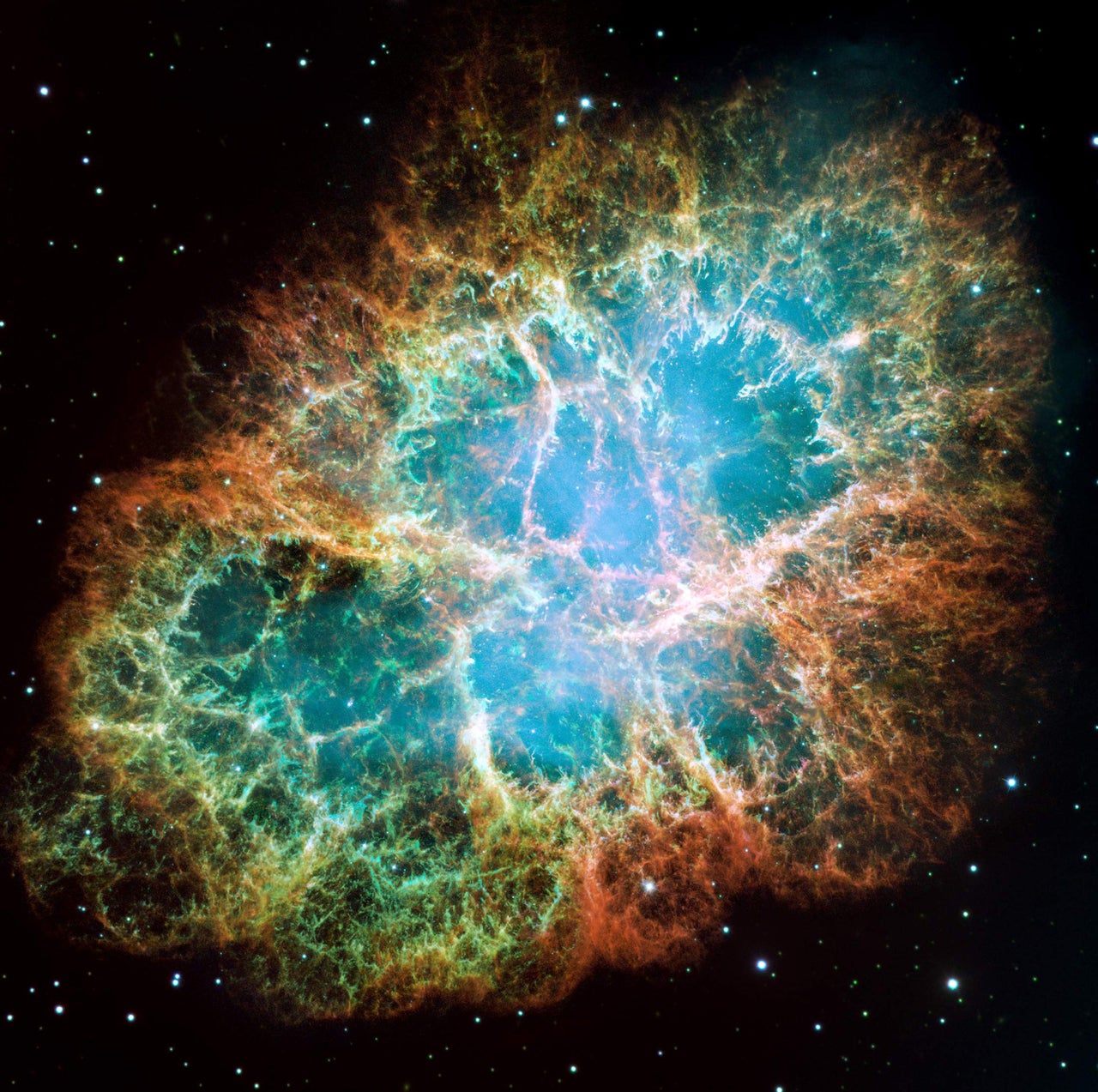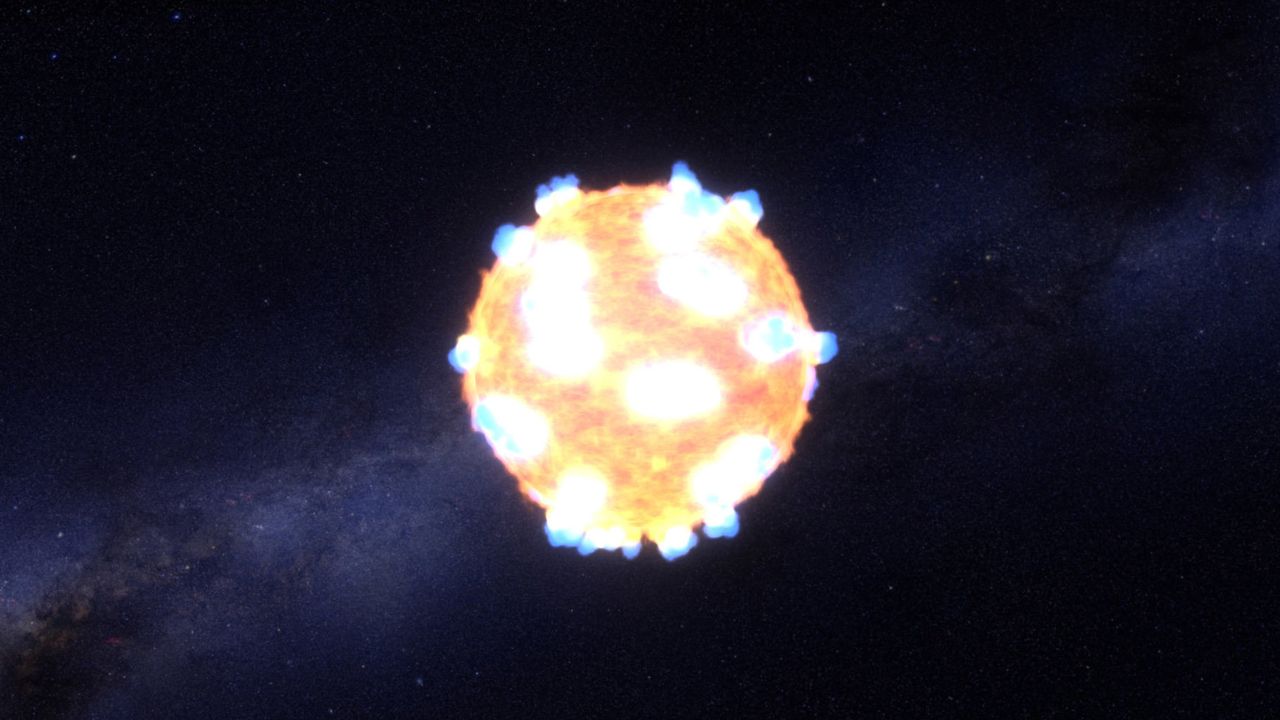NASA's alien world-hunting telescope Kepler has captured for the first time, the rare shockwave from an exploding star.
Known as the "shock breakout", the shockwave lasts just 20 minutes and has until now, been elusive to NASA's researchers.
In case you're wondering just how hard it is to spot an event like this a team led by Peter Garnavich, an astrophysics professor at the University of Notre Dame in Indiana had to search through three years of images covering a total of 50 trillion stars.

The research team were more than successful finding not one, but two examples of massive star explosions.
The larger of the two stars (KSN 2011d) is believed to have been roughly 500 times bigger than our own sun.
"To put their size into perspective, Earth's orbit about our sun would fit comfortably within these colossal stars," said Garnavich.
What happens during a supernova?

A supernova describes the event when a massive star reaches the end of its natural life and explodes.
As the star runs out of nuclear fuel some of the fuel starts leaking into the star's core.
This causes the core to increase drastically in weight. Eventually it'll reach a stage where it cannot support its own weight forcing the core to collapse in on itself thus creating an enormous explosion.
Our own Sun isn't large enough to create a supernova explosion.
